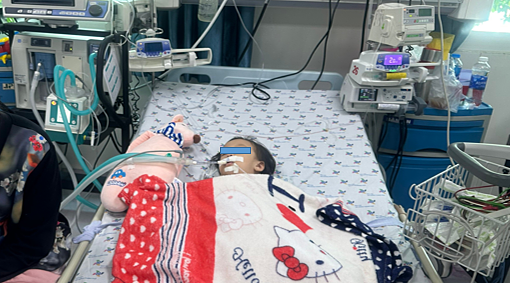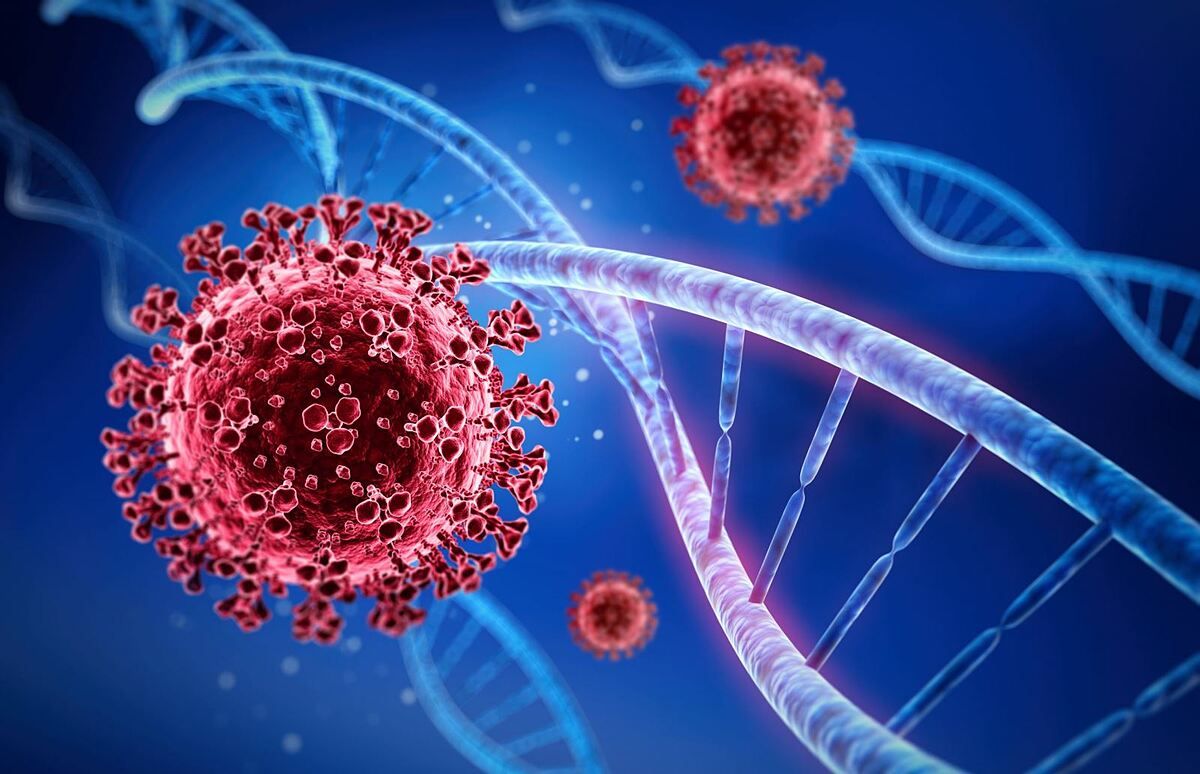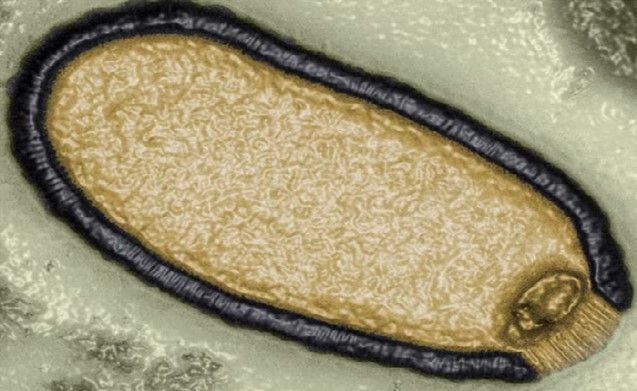Many cases of severe hand, foot and mouth disease, Ho Chi Minh City is worried about lack of medicine
The number of pediatric hand, foot and mouth disease in Ho Chi Minh City doubled within a week, many severe cases, doctors worried about hospital overload and lack of medicine, lack of kidney dialysis machine.
Nguyen Hong Tam, Director of the Center for Disease Control of Ho Chi Minh City (CDC), said that in the first week of June, the city recorded 283 cases of hand, foot and mouth, an increase of more than 133% compared to the average of the previous 4 weeks. The number of cases increased in both hospitalization and outpatient visits. Since the beginning of the year, the total number of hand, foot and mouth cases is nearly 2,000.
Each pediatric hospital is treating 10-30 inpatient hand, foot and mouth cases a day, many of which are severe. In the previous months, on average, only 5-6 children were hospitalized or there were no cases at all.
At Children's Hospital 1, every day 10-20 pediatric patients are inpatient, the number of severe cases of grade 2b-4 accounts for about 20-30%. As for Children's Hospital 2, there are about 30 pediatric patients admitted to the hospital every day, 30-50% of severe cases have complications on the nervous system with manifestations such as startling, weakness in limbs (grade 2b).
Concentrating the most severe pediatric patients is the City Children's Hospital. This place is treating 30 pediatric patients, then 11 are severe grade 3-4, the remaining 19 are grade 2a. Most of the children moved from the province, very few children lived in Ho Chi Minh City.
Lack of medicine, lack of kidney dialysis machine
According to Dr. Nguyen Minh Tien, deputy director of the City Children's Hospital, severe hand, foot and mouth disease patients are given Phenobarbital infusion with anticonvulsant, sedative and sedating effects. However, the general situation in the country is that there is no infusion drug, the hospital has to use the oral form instead. Or, the drug Gamma Globulin works to strengthen the body's immunity to fight disease, currently the hospital has enough for about 30-50 severe cases.
The Department of Health recognizes that the supply of some special drugs for severe hand, foot and mouth disease (Immunoglobulin, Infusion Phenobarbital) is facing difficulties. The hospital's current stockpile of medicine is enough for the current period, but it will be difficult if the epidemic increases in the near future.
"If there is a shortage of drugs, severe pediatric patients need dialysis, but the City Children's Hospital only has 3-5 dialysis machines, so it will not be able to meet enough," said Dr. general situation of other hospitals. He did not rule out the possibility of local overcrowding in the hospital and lack of therapeutic drugs.
Sharing the same opinion, Dr. Truong Huu Khanh, an epidemiologist, former head of the Department of Neurological Infections at Children's Hospital 1, also said that without medication, many children have to be on ventilators, dialysis, which is costly both in terms of health and safety. The cost and manpower, the number of ventilators or dialysis machines are not enough. In addition, when the hospital is overloaded, it is difficult to avoid the problem of infection or cross-infection.
"It is not possible to predict what will happen in the future," Dr. Khanh said, adding that the most important thing now is prevention to limit the number of infections, the number of severe cases increases. Meanwhile, Ho Chi Minh City Department of Health forecasts that hand, foot and mouth disease will develop complicatedly in the near future, due to the emergence of the fast-spreading, highly virulent EV71 strain.
In early June, the Department of Health requested the Drug Administration to assist in sourcing drugs for hand, foot and mouth treatment. On June 5, the Department announced that at the beginning of July, there would be a lot of drug supplies, and asked the Department of Health to implement a plan to stockpile, procure and stockpile drugs.

On the afternoon of June 6, the People's Committee of Ho Chi Minh City issued an urgent document requesting to strengthen the prevention of hand, foot and mouth disease in high-risk areas such as daycare centers, kindergartens, primary schools, residential areas, and boarding houses with many children. em. People are advised to clean the living environment, monitor disease symptoms and go to the hospital in time to avoid being subjective. The Department of Health has developed scenarios for collection and treatment if the number of cases increases; ensure drugs and human resources.
The Ministry of Health recorded that in the first 5 months of the year, the whole country had nearly 9,000 cases of hand, foot and mouth disease, mostly in the South, down 28% over the same period last year. Three deaths, in Dak Lak, Kien Giang, Long An, an increase of two cases.
Hand, foot and mouth disease is an acute viral infection, transmitted by the gastrointestinal tract, common in children under 5 years of age and has the potential to cause large epidemics. Characteristic signs of the disease are fever, sore throat, lesions of the oral mucosa and skin, mainly in the form of blisters, often found on the palms, soles, knees, buttocks. Most cases are mild. In some cases, the disease progresses seriously and dangerous complications can lead to death. The disease needs to be detected early and treated promptly.
Hand washing is the most important prevention measure. Sanitize toys for children, clean the house with soap, Javel solution or common antiseptic solutions. Infected children should be isolated to avoid infecting other children. Sick children need to be closely monitored, early detection of serious signs such as persistent high fever difficult to lower, vomiting a lot, startling, shaking hands and feet, take them to the hospital promptly.
* SOURCE: https://vnexpress.net/nhieu-ca-tay-chan-mieng-nang-tp-hcm-lo-thieu-thuoc-4615388.html









 Facebook
Facebook
 Tweet
Tweet
 Zalo
Zalo







 News
News

















 Sign in with Facebook
Sign in with Facebook
 Sign in with Google
Sign in with Google